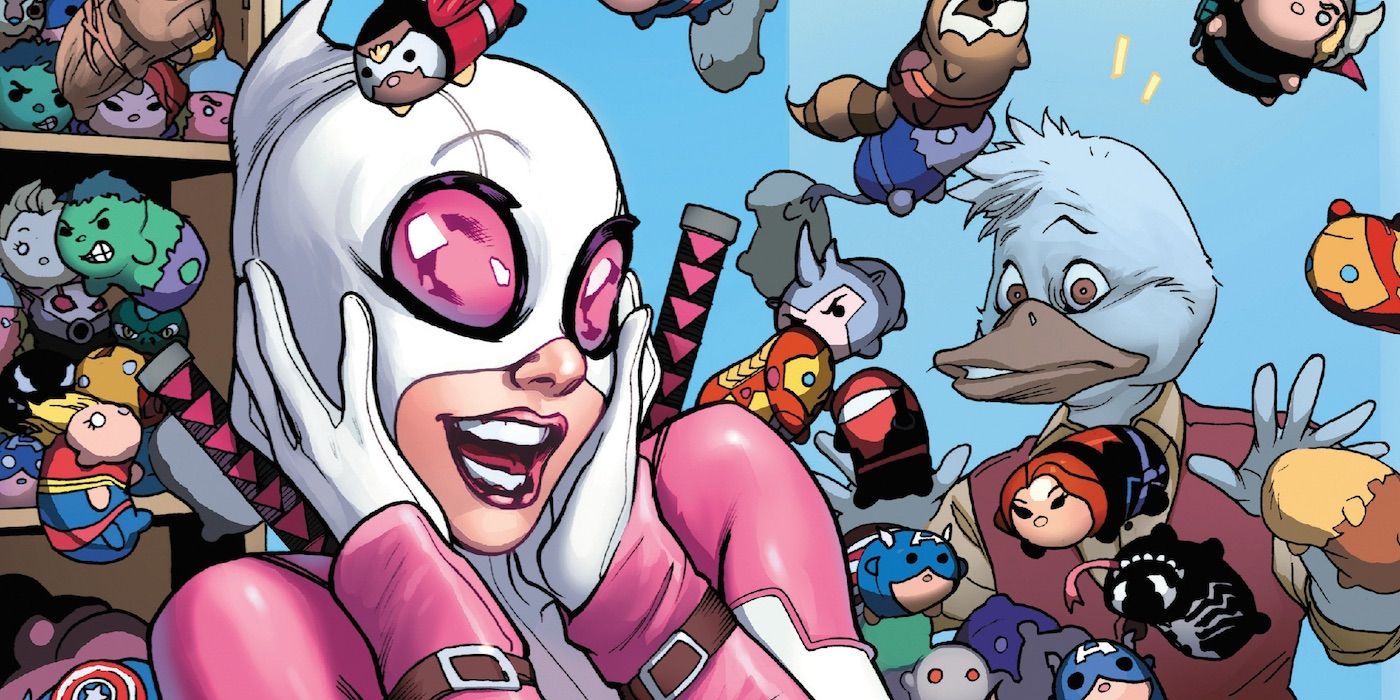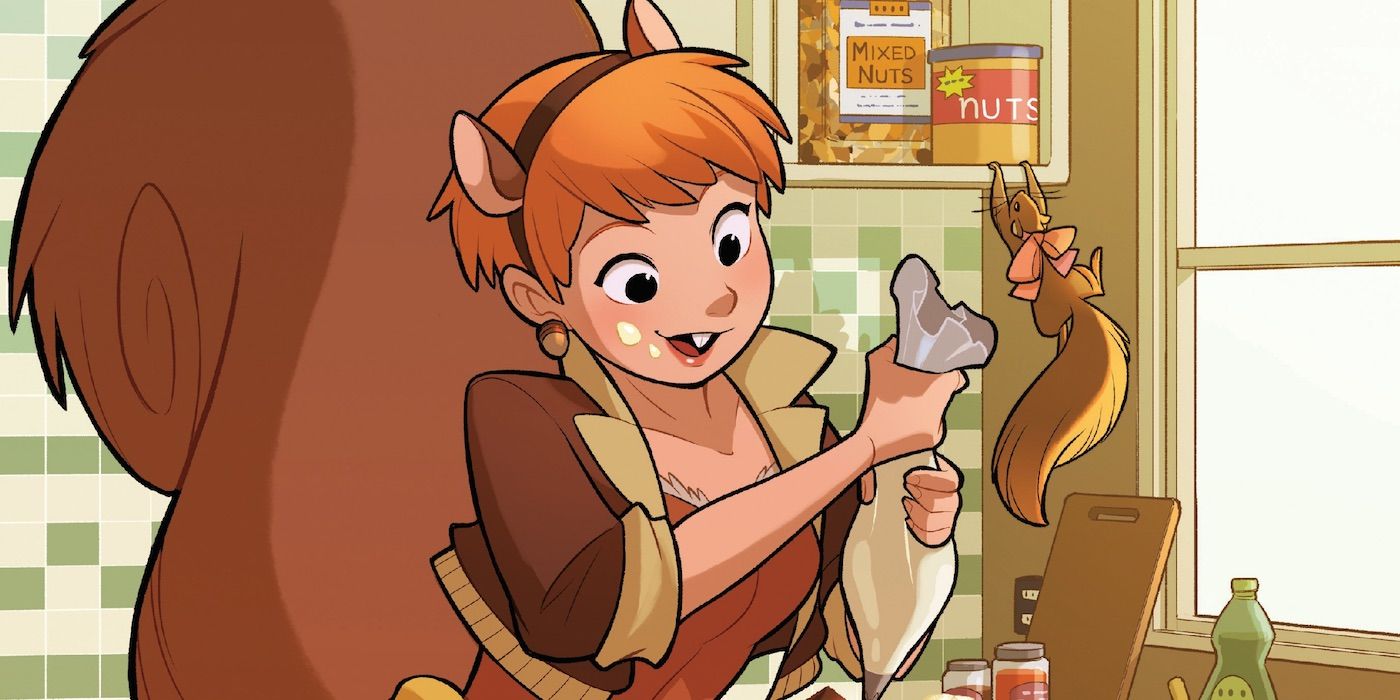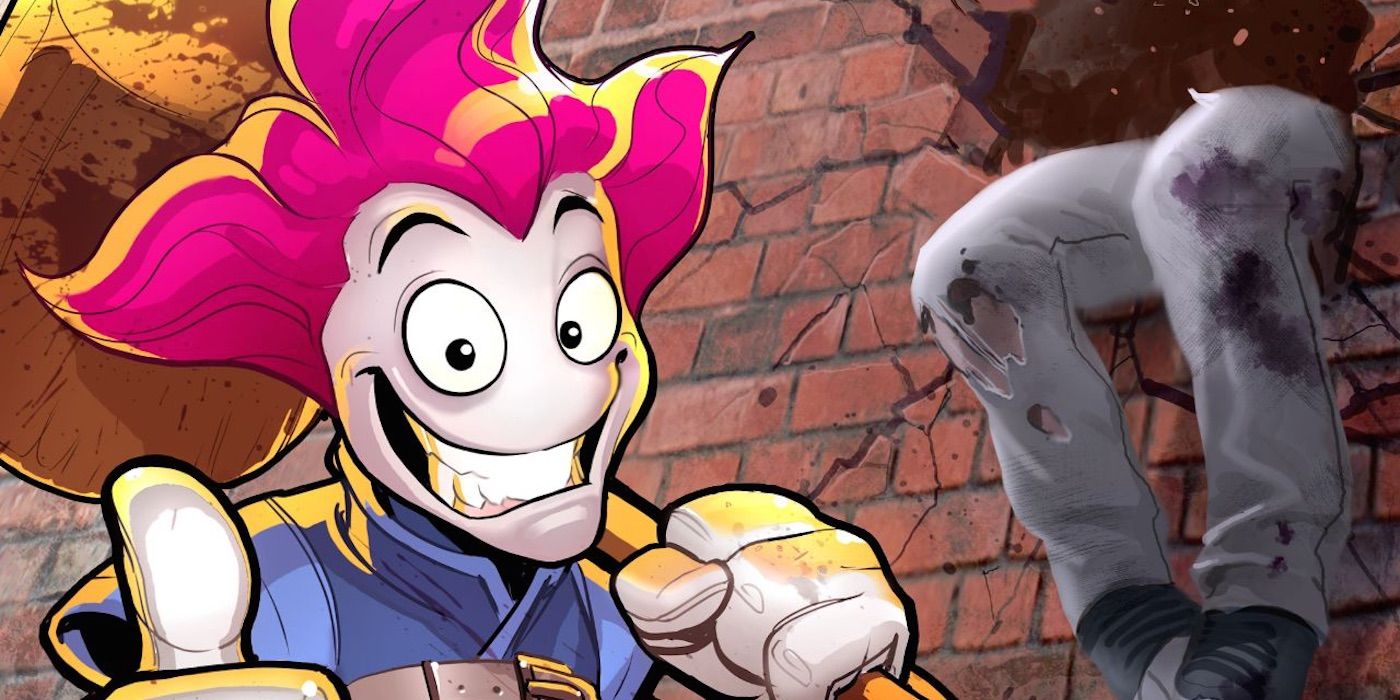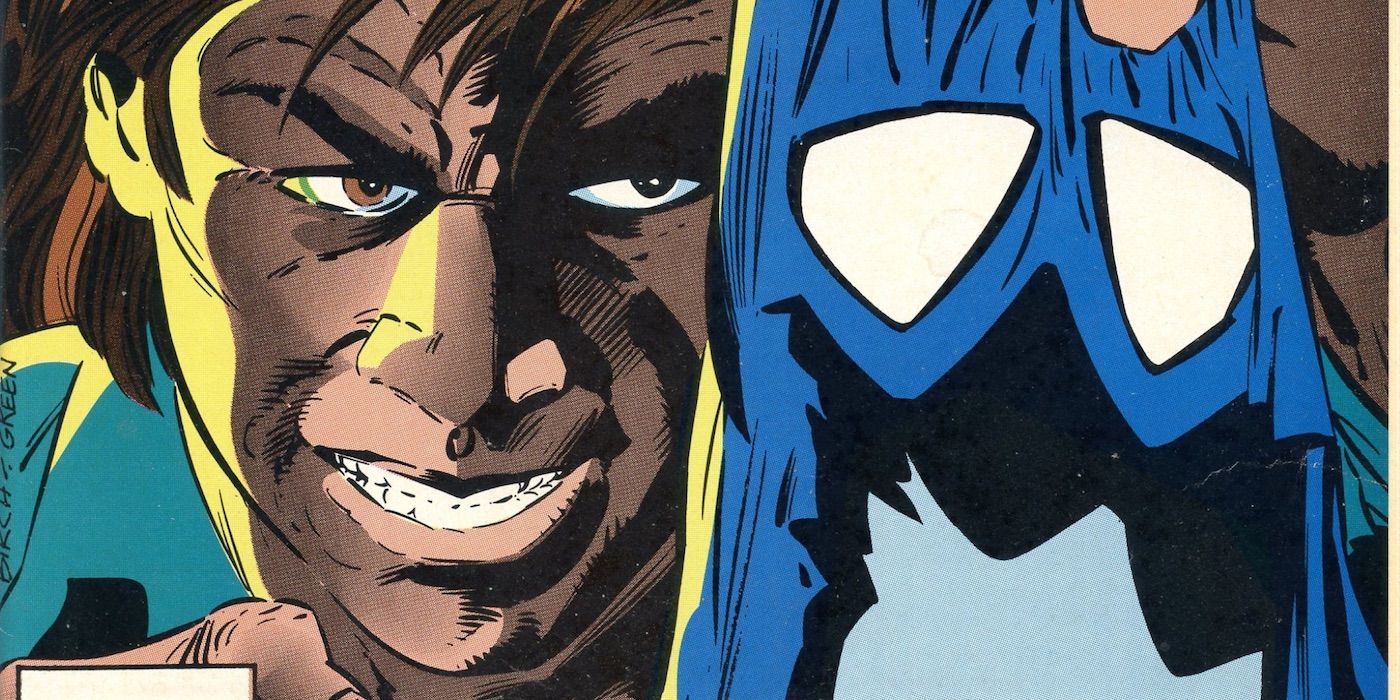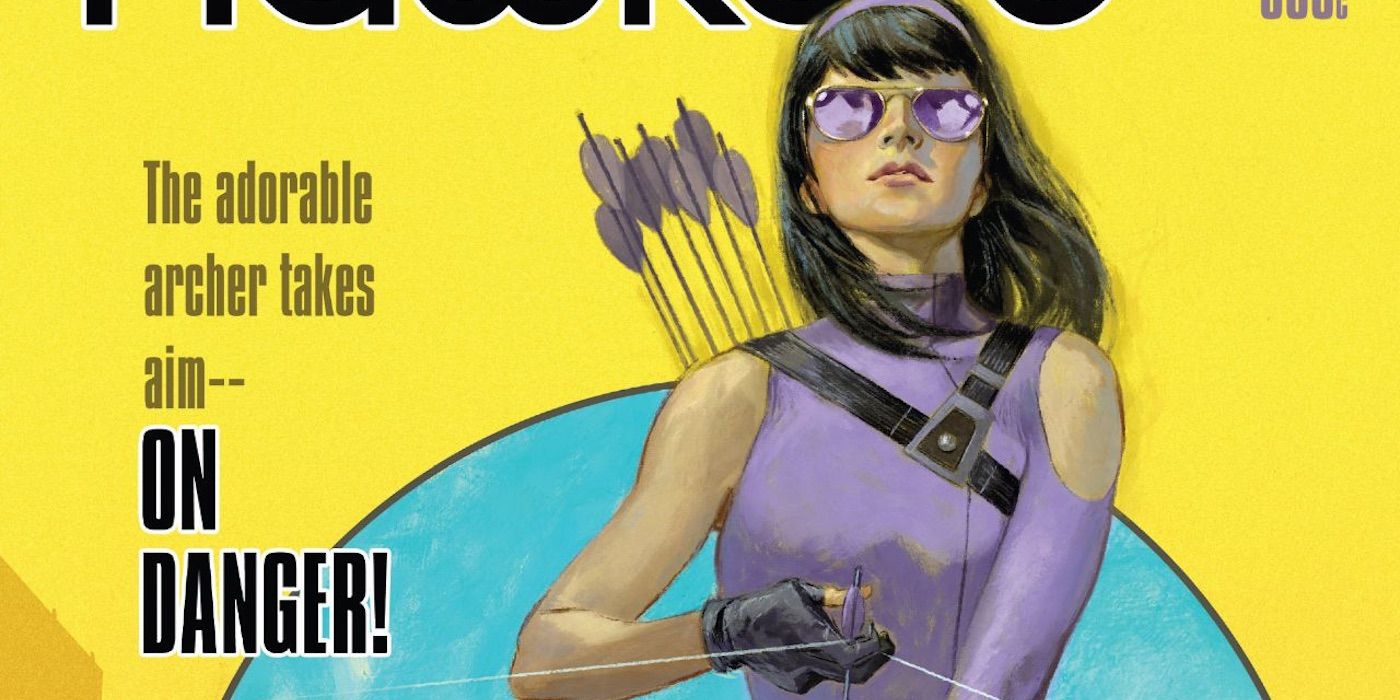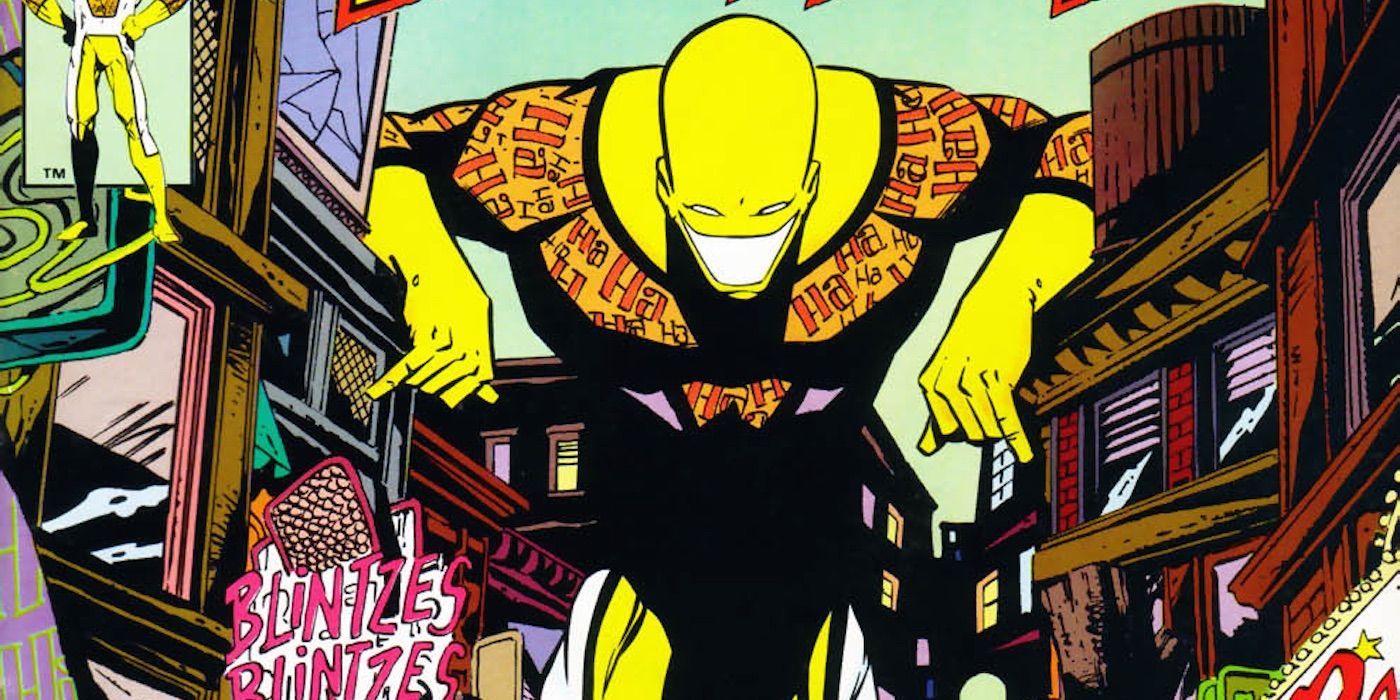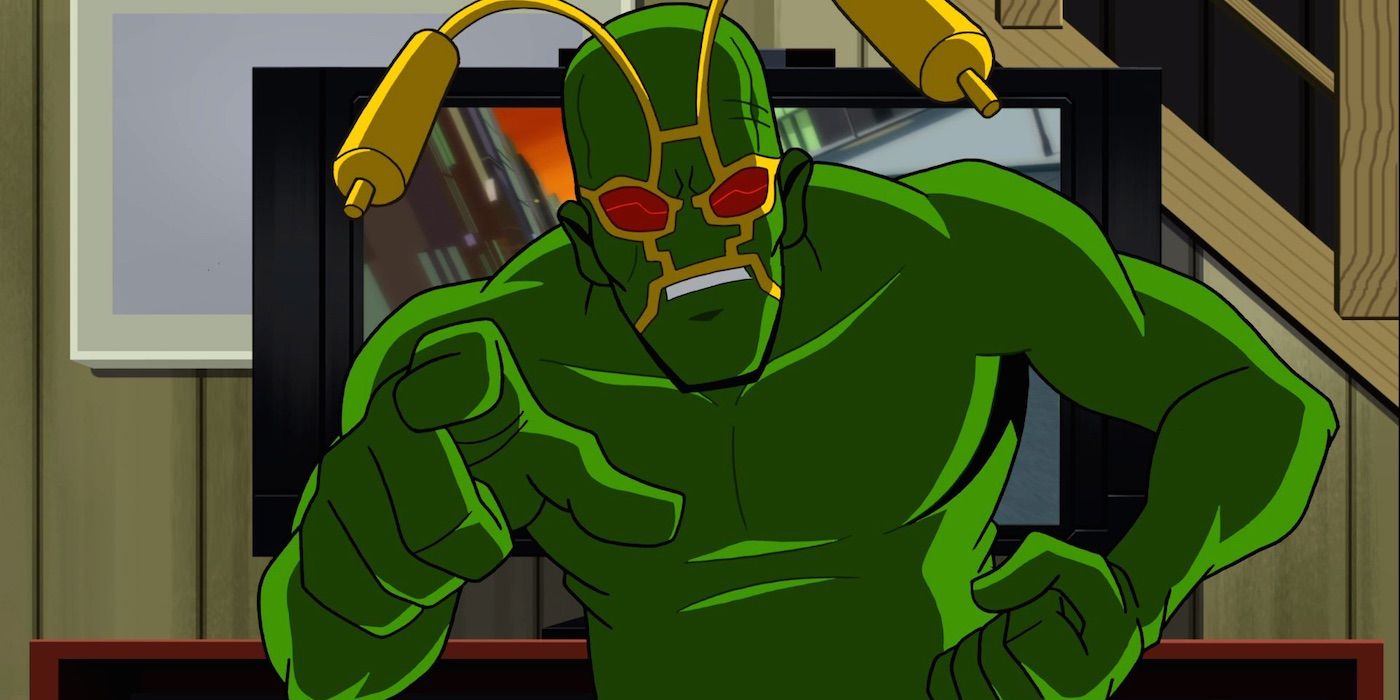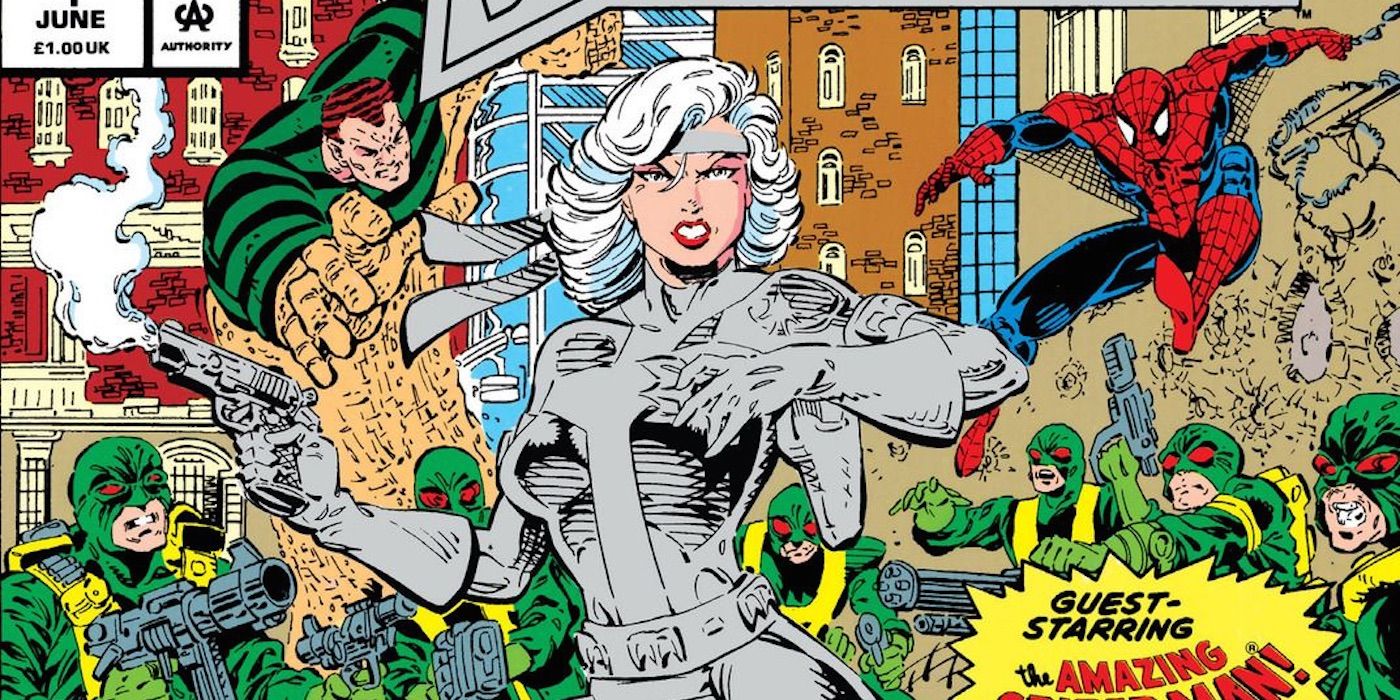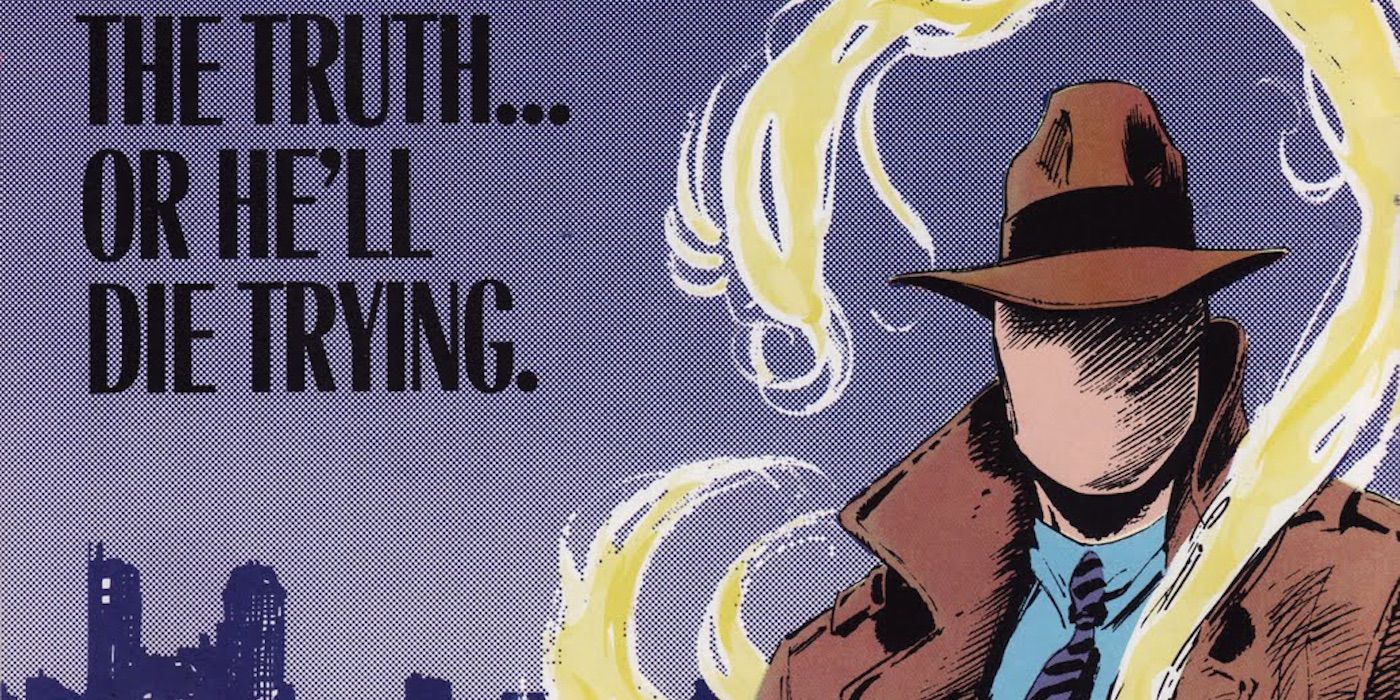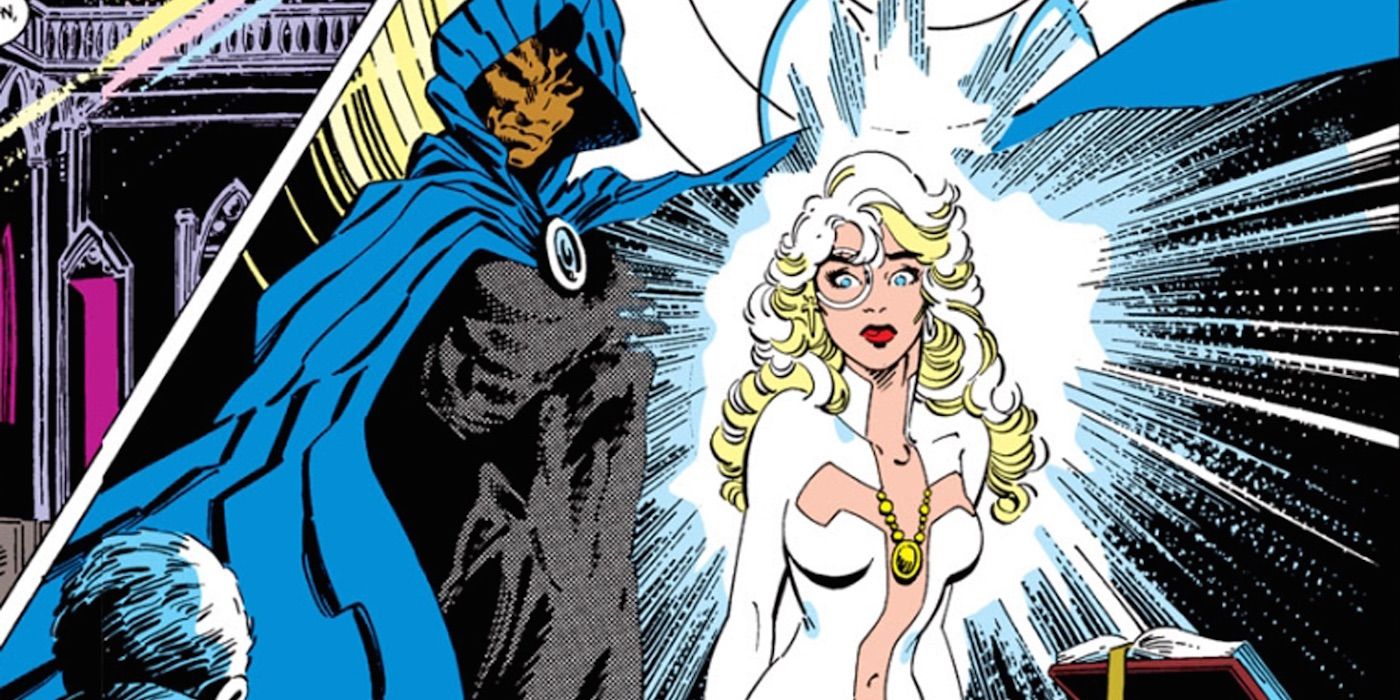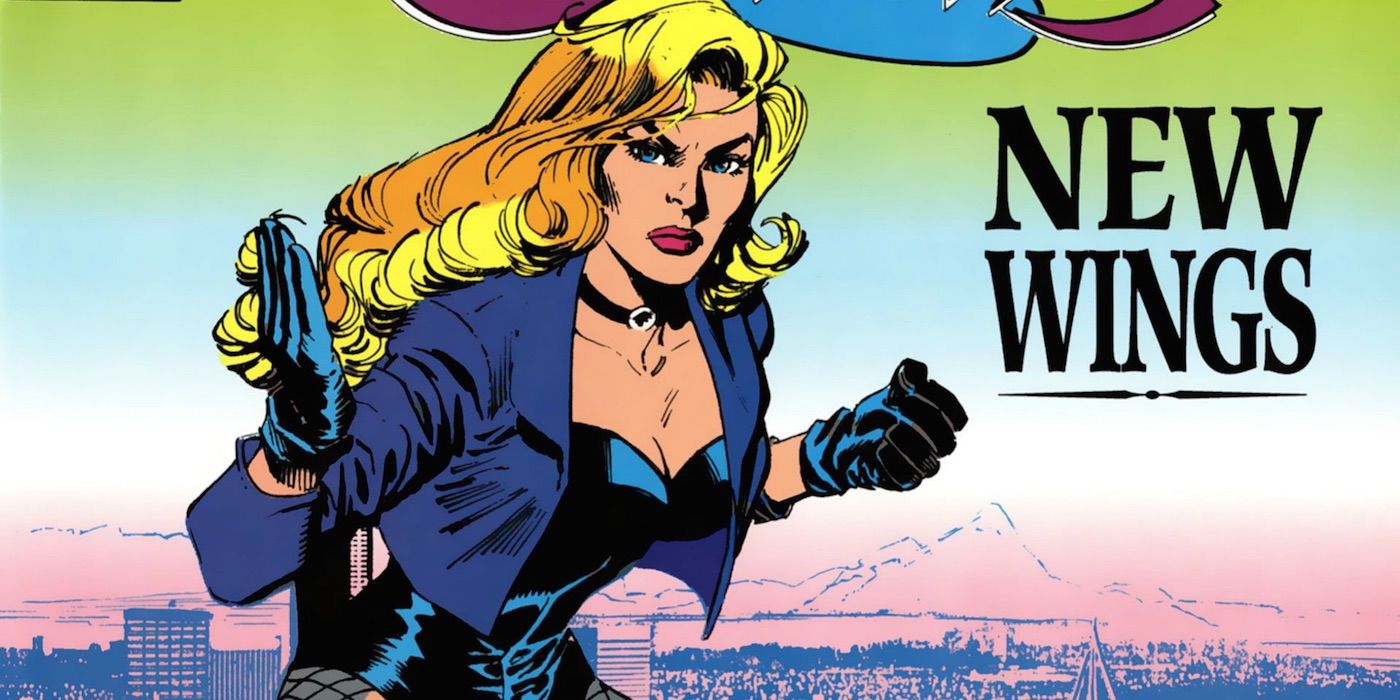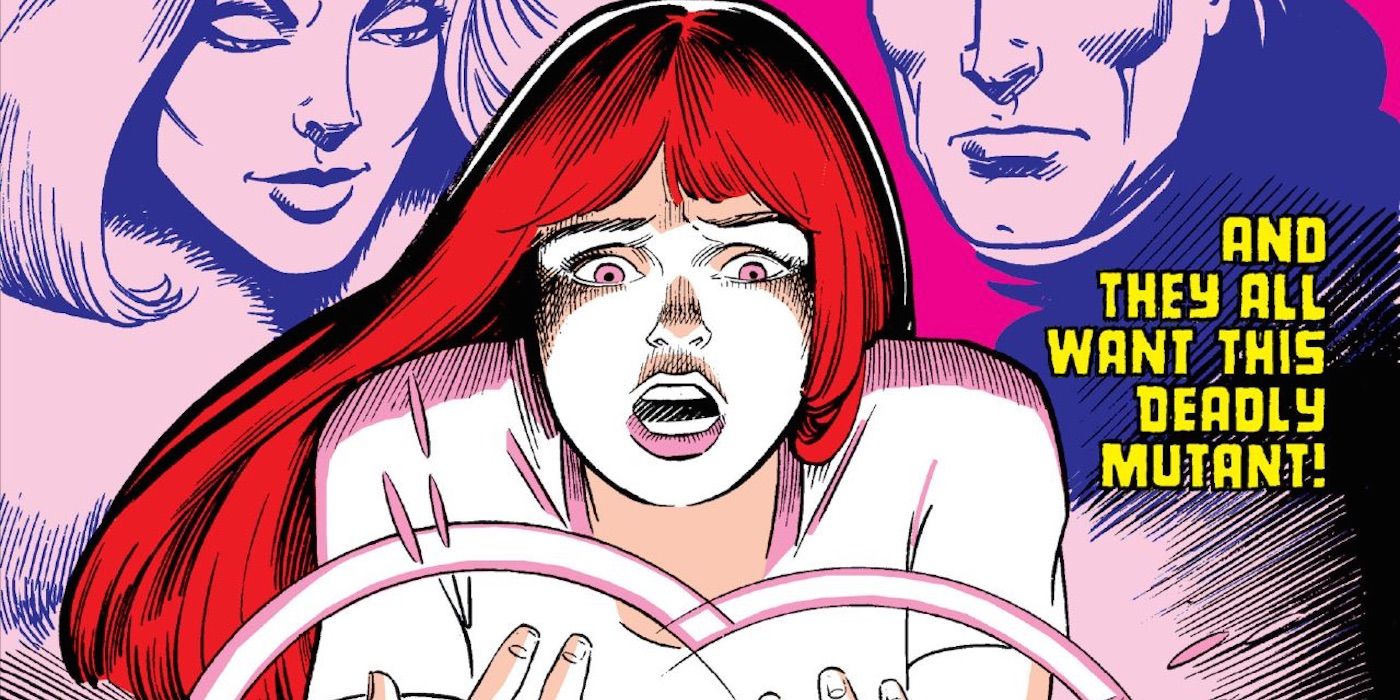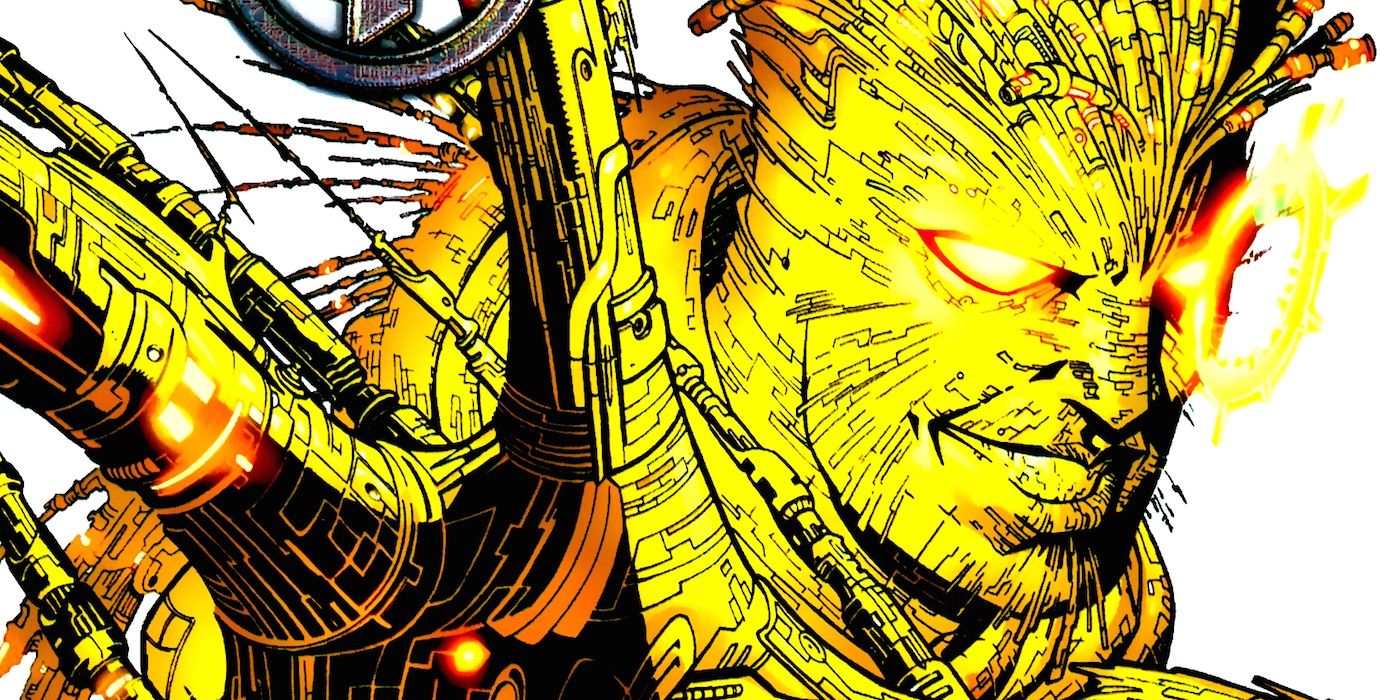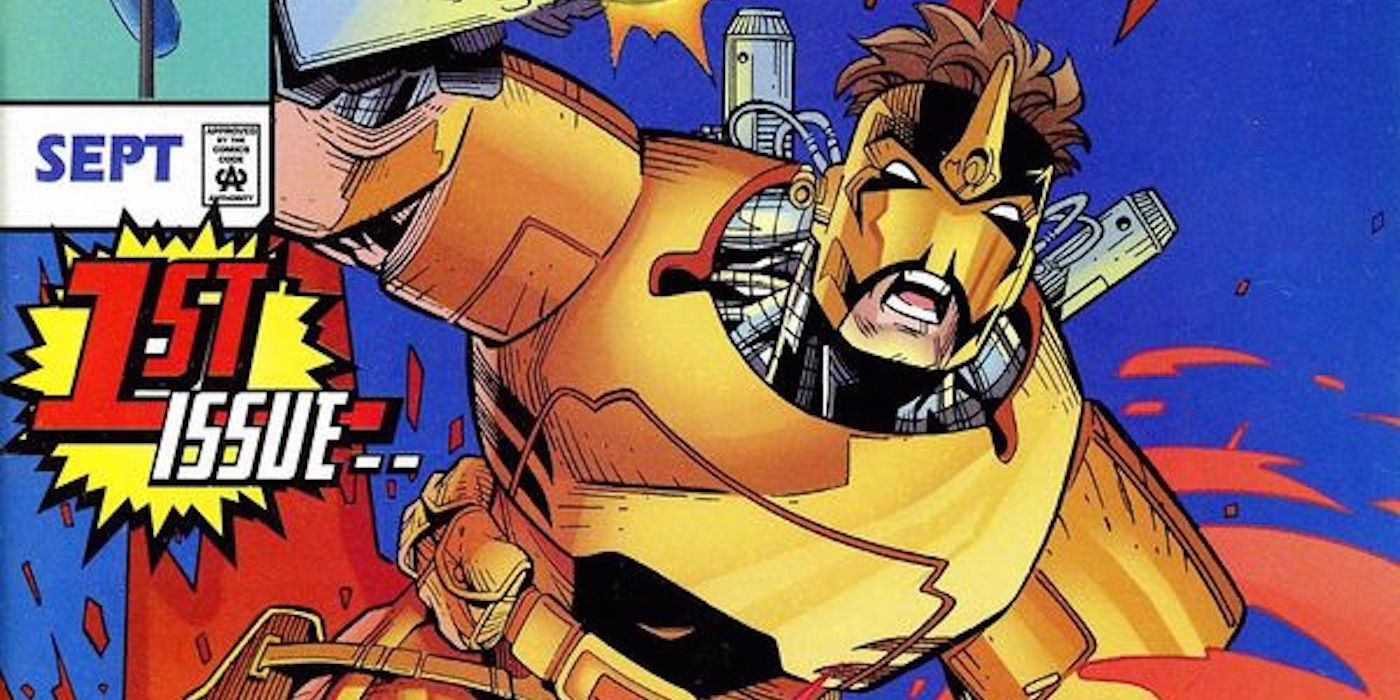Some superheroes are household names, like Superman, Batman or Spider-man. These are the A-listers. Others might not be as well known, but any casual comic book fan will at least recognize a name like Cable or Booster Gold. Not everyone is going to agree about what list each character belongs on, but it can generally be accepted that if no one outside of hardcore comic fans know about a character and their story and powers, then that character is a C-lister.
RELATED: Super Lame: The 15 Most Useless Superheroes
Often times, C-list characters just aren't that exciting, which explains the lack of popularity. Many of them either have generic abilities, or their powers (or personalities) are just too bizarre. Despite their lack of status, however, Marvel and DC have decided to give each of these unknowns their own series at one point. Here are 15 C-listers and the series that they starred in.
15 SQUIRREL GIRL
Proving that any set of superpowers can be effective as long as they're used creatively, Squirrel Girl has been embarrassing villains since her first appearance in "Marvel Super-Heroes" #8 (1991) by Steve Ditko and Will Murray. Born with the squirrel powers, she has the proportionate strength of a squirrel, buck teeth, claws, a giant tail and the ability to speak with squirrels. The joke with Squirrel Girl is that despite her unimpressive powers, she's managed to defeat some of Marvel's most dangerous villains (including Doctor Doom, in her first appearance).
She got her own series with the release of "Unbeatable Squirrel Girl" #1 (2015) by Ryan North and Erica Henderson. The series dealt with Squirrel Girl going to college while still trying to be a superhero. The series had a comedic tone, and featured the titular star facing off against villains ranging from Kraven the Hunter to Galactus. The series survived the "All-New, All-Different Marvel" reboot, and eventually saw Squirrel Girl joining the New Avengers and U.S.Avengers line-up.
14 SLAPSTICK
While most comic books in the '90s were trying to be as gritty as possible, Slapstick came along and really lived up to his name. First appearing in "Slapstick" #1 (1992) by Len Kaminski and James Fry, Slapstick started off as a high school student named Steve Harmon. While dressed as a clown for a prank, Steve saw two of his fellow classmates get abducted by real clowns. He followed them, and ended up passing through a portal, which changed Steve into a living, cartoon clown.
Slapstick would go on to team up with and eventually join the New Warriors, but he eventually faded into obscurity. He later resurfaced as a member of the 50 State Initiative, although he quit to join the new New Warriors. It wasn't until December 2016 that a new "Slapstick" #1 was released, by Reilly Brown and Fred Van Lente. Even with a new series, he has yet to raise his profile above the "C-list."
13 SOLO
In the Marvel Universe, there's no shortage of mercenaries and one man armies, which is probably why Solo never stood out. James Bourne was the member of an elite special forces team who fought against terrorism, and had a special chip implanted in his brain that allowed him to teleport. After his team was betrayed and killed, Bourne struck out on his own and started fighting terrorism under the codename Solo. He first appeared in "Web of Spider-Man" #19 (1986) by David Michelinie and Marc Silvestri.
Solo continued to make sporadic appearances until he became the star of his own series in 1994. "Solo" #1 by Eric Fein and Ron Randall ironically saw the character not flying solo, but instead teaming up with Spider-Man. The series only lasted four issues, after which Solo bounced around from one job to another. A new "Solo" #1 was released in 2016, written by Gerry Duggan, Geoffrey Thorne and Paco Diaz, this time actually featuring Solo working on his own.
12 FOOLKILLER
There have been several Foolkillers throughout Marvel's history, but they all belong on the C-list. The first Foolkiller appeared in "Man-Thing" #3 (1974) by Steve Gerber and Val Mayerik. He had a simple mission; deciding that all criminals were fools, he was going to kill them with his purifier gun (a laser shooting pistol). This version was killed off pretty quickly, but it wasn't long before another Foolkiller popped up in "Omega the Unknown" #9 (1977) by Steve Gerber, Mary Skrenes and Jim Mooney.
"Foolkiller" #1 (1990) by Steve Gerber and Brozowski, however, starred a third Foolkiller, who was essentially just a lunatic with a pretty wide definition for who he considered a fool. As this Foolkiller's killing spree continued, he eventually found himself wanted by the police. The series ends with Foolkiller on the run, although he was later seen as an inmate in the Raft in "New Avengers" #2 (2005) by Brian Michael Bendis and David Finch. Most recently, one of the earlier Foolkillers turned up again in "Foolkiller" #1 (2016) by Max Bemis and Dalibor Talajic.
11 HAWKEYE
While the Clint Barton version of Hawkeye has enjoyed a raise in status due to his inclusion in the Avengers movies, there's actually a second Hawkeye currently fighting crime. Kate Bishop first appeared in "Young Avengers" #1 (2005) by Allan Heinberg and Jim Cheung. During that time period, Clint Barton was dead, so the skilled young archer took on the name Hawkeye, as opposed to Hawk-kid or a similarly youth themed name like her teammates had. When Barton came back from the dead and eventually began using the name Hawkeye again, Kate didn't give up the name, giving the Marvel Universe two Hawkeyes.
Kate was a main character in the 2012 "Hawkeye" series by Matt Fraction and David Aja, and the duo continued working together throughout the subsequent series reboots. In 2016, however, "Hawkeye" was relaunched again, by Kelly Thompson and Leonardo Romero. This series stars Kate Bishop, giving the Young Avenger her first solo, ongoing series.
10 GWENPOOL
Spider-gwen, first appearing during Dan Slott's "Spider-Verse" event, was one of the most surprisingly popular new characters of the last decade. After the event, she became the star of her own series with "Spider-Gwen" #1 (2015) by Jason Latour and Robbi Rodriguez. As a parody, Gwenpool (a combination of Spider-Gwen and Deadpool) first appeared on an alternative cover to "Deadpool's Secret Wars" #2 (2015), drawn by Chris Bachalo. Based on popular fan reaction to this cover, Marvel decided to make Gwenpool was into a real character.
She began showing up in backup stories and finally received her own series with "Unbelievable Gwenpool" #1 (2016) by Christopher Hastings, Gurihiru and Danilo Beyruth. In reality, she has no connection to either Spider-Gwen or Deadpool, but is actually a character from "the real world" (an alternate reality which is similar to the actual Earth) who has somehow ended up in the Marvel Universe. Her name, Gwen Poole, led to a misunderstanding and that's how she ended up as Gwenpool.
9 HECKLER
Many heroes, like Spider-Man, will often taunt their enemies during a fight to throw them off their game. Heckler, however, is the only hero where that's his only real ability. First appearing in "The Heckler" #1 (1992) by Keith Giffen, Tom and Mary Bierbaum, Heckler was meant to be a parody of superhero comics. Stuart Moseley owned a diner in Delta City, and decided to start fighting the local criminal element using nothing but his ability to be really annoying and sarcastic.
Obviously, Heckler was never meant to be taken seriously. His series only lasted for six issues, however, and the Heckler faded into obscurity. Since then, he's only been seen a few times, and mostly as a background character. He was last seen in "JLA: Welcome to the Working Week" (2003) by Patton Oswalt and Patrick Gleason, where he's briefly shown hanging out with Plastic Man and Ambush Bug before they head out to a party.
8 AMBUSH BUG
First appearing as a villain in "DC Comics Presents" #52 (1982) by Paul Kupperberg and Keith Giffen, Ambush Bug has a confusing history. Since he has mental issues, it's impossible to know what's true and what's not when it comes to Ambush Bug. A generally accepted origin involves a man named Irwin Schwab coming across clothes from a doomed alien planet. With the Ambush Bug outfit, Irwin has the ability to teleport, and is also known for breaking the fourth wall (similarly to Deadpool).
In "Ambush Bug" #1 (1985) by Robert Loren Flemming and Keith Giffen, the issue begins with a joke about a fake alien invasion being used as a gimmick to help sell issues of "Ambush Bug" #1. This was just one of many gags featured in the series, which also included actual DC editors as characters in the book. Since then, Ambush Bug has continued to pop up in the DC Universe, usually to make a joke about whatever the current trend in comics is.
7 SILVER SABLE
After her mother was murdered in front of her, Silver Sablinova was raised by her Nazi-hunting father. Due to her traumatic childhood and strict training, she became a world class, yet somewhat emotionless mercenary. She first encountered Spider-Man in "The Amazing Spider-Man" #265 (1985) by Tom Defalco and Ron Frenz. Sable's team, the Wild Pack, was chasing after the Fox, an elderly cat burglar that Spider-Man had a soft spot for, because he reminded him of his Uncle Ben.
Silver Sable became a recurring member of Spider-Man's cast, although she wasn't always his ally. "Silver Sable and the Wild Pack" #1 (1992) by Gregory Wright and Steven Butler launched a series starring her and her team. The series saw Sable and her team doing what they do best, taking jobs and occasionally teaming up with, or fighting against, various Marvel heroes. The series lasted until 1995, when Marvel started going through a tough financial period and cancelled many of its titles.
6 THE QUESTION
The Question has an interesting history at DC comics. He was originally created by Steve Ditko in 1967, when he appeared in "Blue Beetle" #1, when the title was still owned by Charlton Comics. When DC acquired the Charlton characters, The Question was introduced into the DC Universe in "Blue Beetle" #4 (1986) by Len Wein and Paris Cullens. In both incarnations, The Question's civilian identity was Vic Sage, an investigative reporter who fought crime and corruption while wearing a featureless mask.
In 1987, "The Question" #1 by Dennis O'Neal and Denys Cowan was released. The series took the character down a slightly more intellectual path than most superhero comics, and often focused on philosophy and political corruption. The series lasted for a few years, and ended after 36 issues. Since then, The Question has remained a fairly constant presence in the DC Universe, and there have even been multiple versions of the character.
5 CLOAK AND DAGGER
First appearing in "Peter Parker, the Spectacular Spider-Man" #64 (1982) by Bill Mantlo and Ed Hannigan, Tyrone Johnson and Tandy Bowen were two runaways that were kidnapped off the street by the Maggia organization and given an experimental new form of heroin. This drug awakened latent powers within the two, and Tyrone became Cloak, whose body became a dark void that was contained by a cloak, and Tandy became Dagger, able to project and weaponize light.
After Marvel tried out a limited series starring the duo, they were given their own ongoing series with "Cloak and Dagger" #1 (1985) by Bill Mantlo and Rick Leonardi. While initially successful, sales eventually declined and the series was cancelled. While the duo remained popular guest stars, they struggled to find mainstream popularity. That's likely to change, however, as they're set to star in a new TV series by Marvel Studios, and will be part of the television branch of the Marvel Cinematic Universe.
4 BLACK CANARY
Even though Black Canary has had a number of high profile guest appearances, including several on the TV show "Arrow," she's still never risen above the C-list. First appearing in "Flash Comics" #86 by Robert Kanigher and Carmine Infantino, she was originally Dinah Drake, a woman who would infiltrate criminal gangs and then take them down from the inside. She didn't have any superpowers, but she was highly skilled in the martial arts.
Her first solo series premiered in 1991, by Sarah Byam, Dick Giordano and Trevor von Eeden. That series only lasted four issues, after which she had another series in 1993 by the same creative team that lasted for 12 issues. She would go on to join "The Birds of Prey" (1995) by Chuck Dixon. While she's popular among DC fans, most casual fans are, at best, only somewhat familiar with her. They might know her name, but not much else.
3 FIRESTAR
The cartoon "Spider-Man and His Amazing Friends" debuted in (1981), and it revolved Spider-Man and his best friends, Iceman and Firestar, a character created specifically for the show. The show's popularity in the '80s led to Firestar's introduction in the comics, making her first appearance in "Uncanny X-Men" #193 (1985) by Chris Claremont and John Romita Jr. She then became the star of her own series in "Firestar" #1 (1986) by Tom Defalco and Mary Wilshire.
Despite first appearing on a TV show, Firestar never gained mainstream appeal. She eventually joined the New Warriors, and even the Avengers for a brief period of time, but she's always lacked the name recognition needed to elevate her past C-list status. Hardcore Marvel fans definitely know who she is, but many casual fans aren't very familiar with her. Her major claim to fame is a TV series from the '80s that kids from the '90s and onward most likely aren't familiar with.
2 WARLOCK
The Technarchy are a terrifying alien race that propagates their own species by infecting other lifeforms with a techno-organic virus. Warlock was one of the few members of the race capable of feeling compassion, making him one of the few allies that humans had against this terrifying species. Warlock first appeared in "New Mutants" #18 (1984) by Chris Claremont and Bill Sienkiewicz, and he would end up joining the team of young mutants, considering himself a mutant divergence from his own "people." He was briefly the star of his own series "Warlock" (1999) by Louise Simonson and Pascual Ferry.
While the Technarchy (and their spawn, the Phalanx) were popular X-Men villains, Warlock was often used for humor. His ability to shapeshift often led to visual gags, and he was often confused by human behavior. Even though he was a fairly constant presence in the "X-Men" books for many years, he was too odd to ever find a fanbase that wasn't mostly made up of hardcore X-Men fans.
1 MAVERICK
Maverick might be the least popular mutant to come from the Weapon X program. While Wolverine, Sabretooth and Deadpool are all major parts of the Marvel Universe, Maverick has yet to catch on in the same way. A mutant with the power to absorb kinetic energy, he was also given a healing factor from Weapon X, although it was nowhere near as powerful as Wolverine or Deadpool's. First introduced in "X-Men" #5 (1992) by Jim Lee, it was revealed that Maverick worked with Wolverine and Sabertooth during their Team X days.
"Maverick" #1 (1997) by Jorge Gonzales and Jim Cheung marked his first solo, ongoing series. It lasted for 12 issues, and it featured Maverick overcoming the legacy virus. After the series ended, Maverick changed his name to Agent Zero and rejoined Weapon X. Later on, he would lose his powers during the "Decimation" storyline, making just a regular mercenary in a world full of super powers.
Who are your favorite C-Listers that made good with their own series? Let us know in the comments!
"Cloak and Dagger" is set to premiere on Freeform, formerly known as ABC Family, in 2018.

